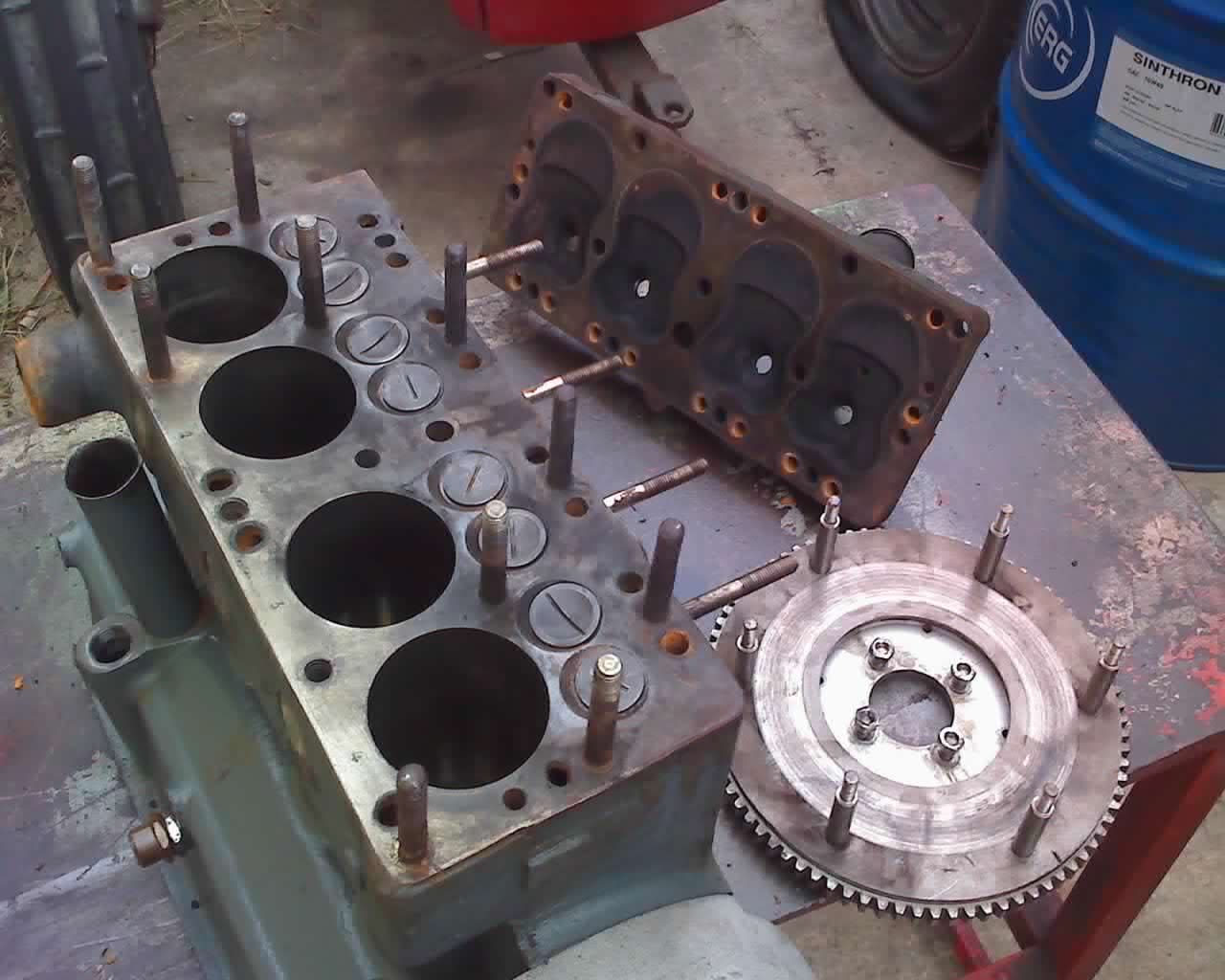How To Identify The 3 Main Types of Fasteners
In engineering and construction, there is a wide range of fasteners used, depending on the conditions. The 3 main types of fasteners are bolts, screws and studs, and they are easily distinguishable once you know how to identify them.
The 3 Main Types Of Fasteners
1. Bolts
A bolt is a threaded type of fastener that contains an external thread, matching an external thread (usually on a nut). The externally threaded characteristics of bolts make them very similar to screws. However, screws do no use a nut or an internal thread to match the external thread.

When tightened using a nut the material between the underside of the bolt head and nut is compressed. An axial tensile load in the bolt known as pre-load is formed as a result. Bolts come in many different shapes and sizes and normally displayed in the format M (diameter of shank and thread) x (length). For example, an M10 x 20 bolt will have a 10 mm diameter and be 20 mm in length. In addition to different sizes, the bolt head shape can vary. It is also common for a bolt to have the grade of steel, (the most used material for bolts) indicated on top of the bolt head, e.g. 8.8. The most common type of bolt head is a hex head. For this type of bolt, the head is shaped like a hexagon.
2. Screws
Screws are very similar to bolts due to both having an external thread. Unlike bolts, screws are self-locking and do not require an additional fastener, i.e. a nut to compress the materials together. When a screw is fastened, the external thread creates an internal thread on the material helping the two materials come together and have a sufficient clamp.

Like bolts, screws are typically made out of metal and have a range of different types depending on the material fastened. It is common for the screw head to have a greater diameter than the thread to prevent the screw from entering the material by providing a bearing surface. However, there is a type of screw where the head has a diameter small than the thread. This type of screw is called a set screw or grub screw.
3. Studs
Similar to the previous two fasteners, studs have an external thread. However, unlike them both, studs do not have a head. In essence, it is just a piece of threaded bar and is known as a threaded rod. Generally, they are permanently screwed into one material allowing the other part of the stud to be fastened (see below).

For the image above, the cylinder head has holes to let the stud travel through and be fastened when assembled. It is common for studs to fasten with a nut.
Summary
We have covered the 3 main types of fasteners used in the engineering industry: bolts, screws and studs and how to identify them. We understand their key differences and the primary roles they play as fasteners. Bolts and studs require an external fastener, i.e. a nut to clamp materials together, whereas a screw is self-locking. However, they all have a similar role in ensuring materials are clamped together and minimise relative movement between the materials in the joint.
I hope you have learnt something new and enjoyed the post. Let me know your thoughts and feedback below!
